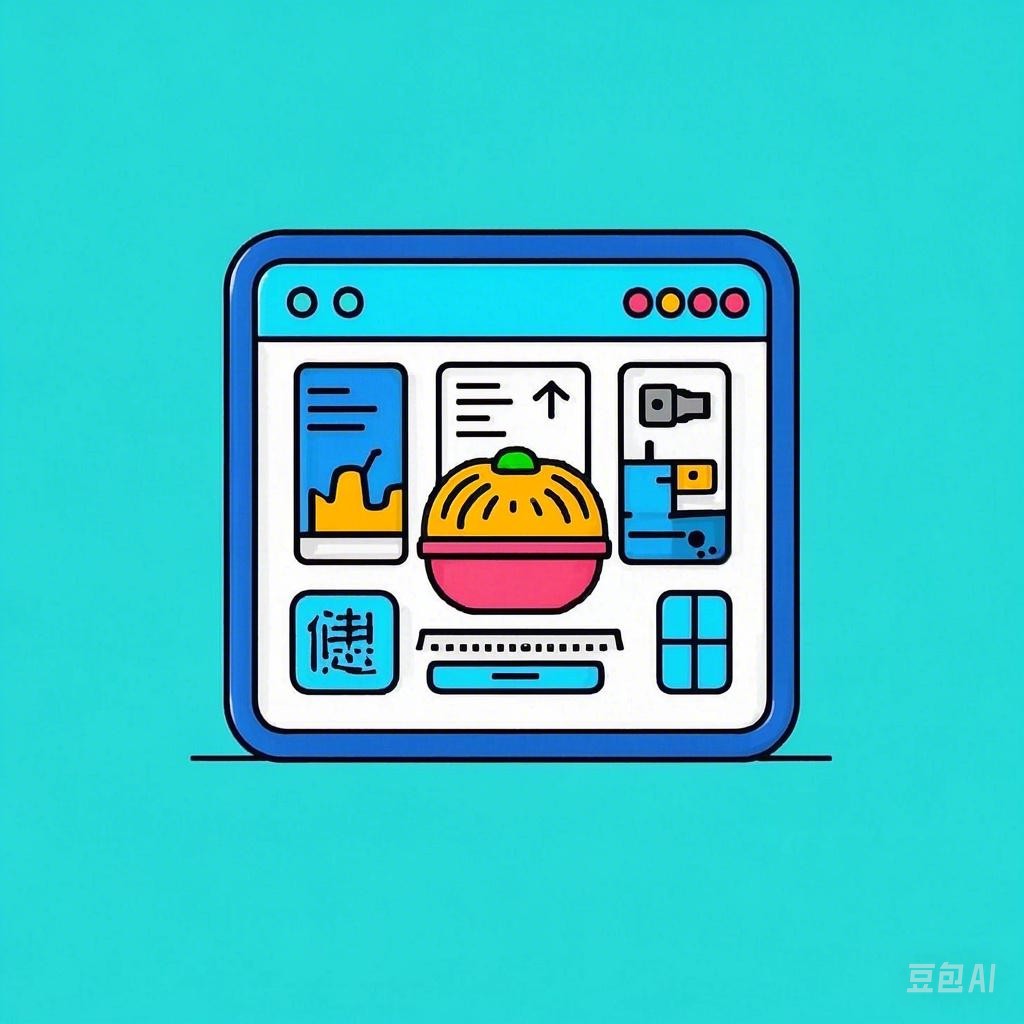Healthy meal planning is a cornerstone of a balanced and nutritious diet. It involves careful consideration of food choices, portion sizes, and overall dietary patterns. However, for many, the process can seem overwhelming and complex. This article aims to demystify healthy meal planning by exploring the use of visuals to simplify and enhance the planning process. Through the use of visuals, individuals can make informed decisions, track their progress, and enjoy the journey towards better health.
Understanding the Role of Visuals in Meal Planning
Visuals, such as charts, infographics, and meal models, play a crucial role in meal planning by providing a clear and concise representation of dietary information. They can help individuals visualize their food choices, portion sizes, and nutritional content, making it easier to adhere to healthy eating habits.
1. Simplifying Dietary Information
One of the primary benefits of using visuals in meal planning is the simplification of complex dietary information. For instance, a visual chart that categorizes food into different food groups can make it easier for individuals to understand the variety of nutrients they need to consume daily.
| Food Group | Examples |
|------------|----------|
| Vegetables | Leafy greens, carrots, tomatoes |
| Fruits | Apples, berries, oranges |
| Grains | Whole grains, brown rice, quinoa |
| Protein | Lean meat, fish, eggs, legumes |
| Dairy | Milk, yogurt, cheese |
2. Portion Control
Portion control is essential for maintaining a healthy diet. Visuals, such as portion size guides, can help individuals understand and maintain appropriate portion sizes for different food groups.
| Food Group | Portion Size |
|------------|--------------|
| Vegetables | 1 cup cooked or 2 cups raw |
| Fruits | 1 cup or 1 medium piece |
| Grains | 1/2 cup cooked or 1 ounce dry |
| Protein | 3 ounces or the size of a deck of cards |
| Dairy | 1 cup or 8 ounces |
3. Nutritional Content
Visuals can also be used to illustrate the nutritional content of foods. For example, a nutrition label or a visual representation of the nutrient breakdown can help individuals make healthier choices.
| Nutrient | Amount per Serving |
|----------|---------------------|
| Calories | 200 calories |
| Protein | 20 grams |
| Carbs | 40 grams |
| Fiber | 5 grams |
| Fat | 10 grams |
Utilizing Visual Tools for Meal Planning
There are numerous visual tools available to assist with meal planning. Here are some popular options:
1. Meal Planning Apps
Meal planning apps, such as MyFitnessPal and Lose It!, offer a variety of visual tools to help individuals track their food intake and nutritional goals. These apps often include features like barcode scanning, recipe databases, and customizable meal plans.
2. Infographics
Infographics are a great way to visualize dietary information and can be found on various websites, blogs, and social media platforms. They often provide a concise overview of dietary guidelines, portion sizes, and nutritional content.
3. Meal Models
Meal models are physical or digital representations of a balanced meal. They can help individuals visualize the correct proportions of each food group and ensure a well-rounded diet.
Real-Life Examples
To illustrate the effectiveness of visual tools in meal planning, consider the following examples:
- Example 1: An individual struggling with portion control uses a visual portion size guide to ensure they are consuming the recommended amounts of each food group.
- Example 2: A busy professional uses a meal planning app to create a weekly meal plan that includes a variety of foods and adheres to their nutritional goals.
- Example 3: A family uses an infographic to teach their children about the importance of consuming a variety of fruits and vegetables.
Conclusion
Visuals are a powerful tool for simplifying and enhancing the healthy meal planning process. By utilizing visual tools, individuals can make informed dietary decisions, maintain portion control, and track their nutritional intake. Incorporating visuals into meal planning can make the journey towards better health more enjoyable and less overwhelming.
